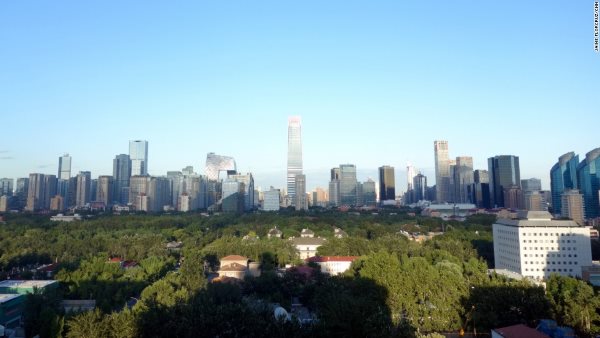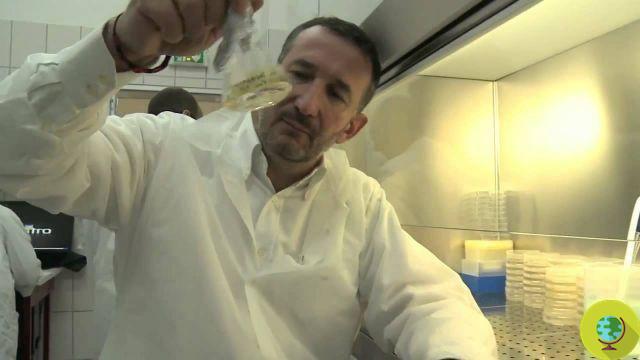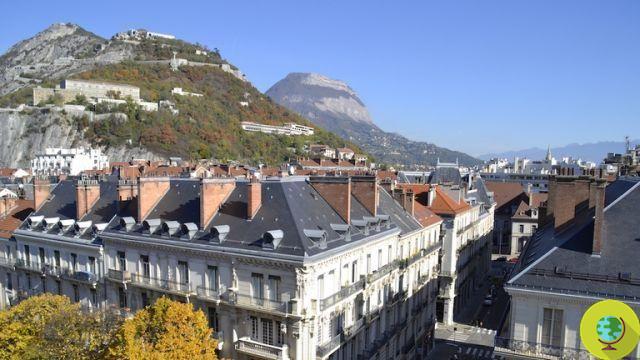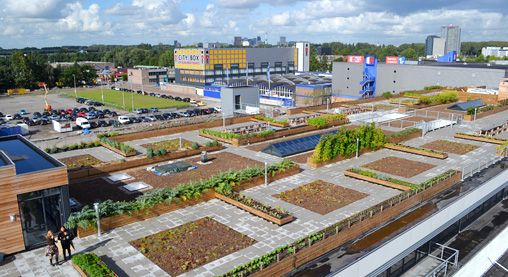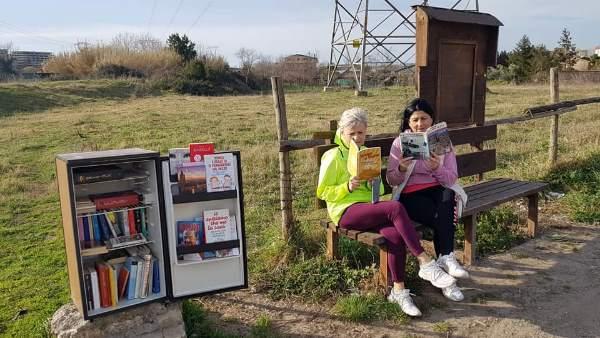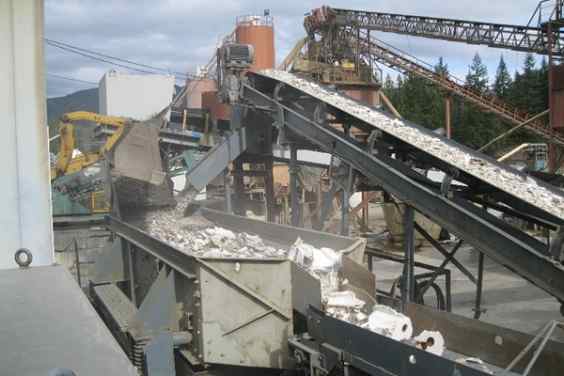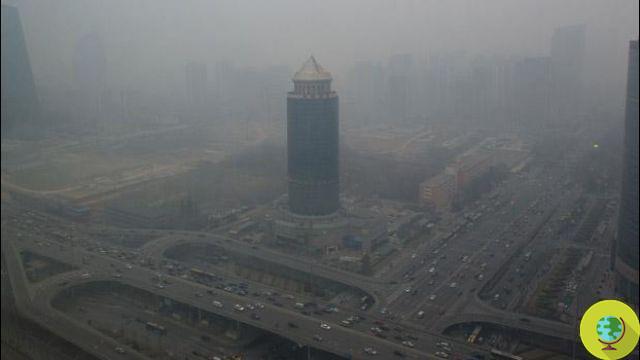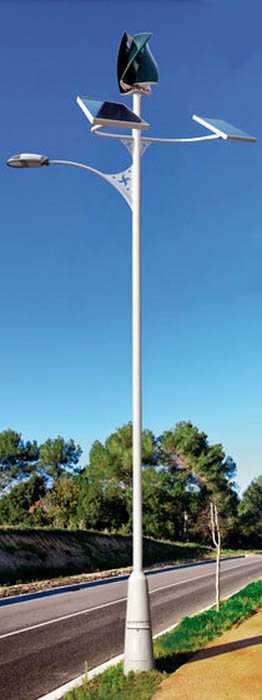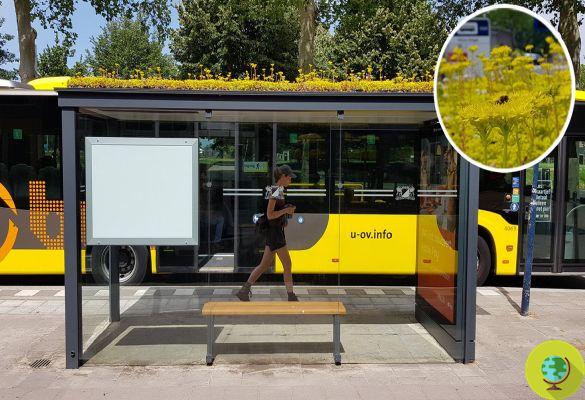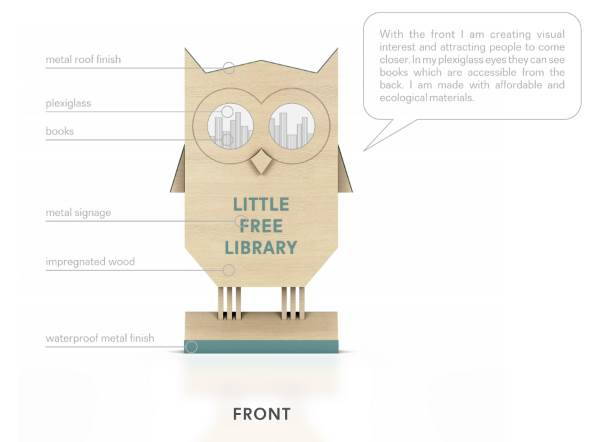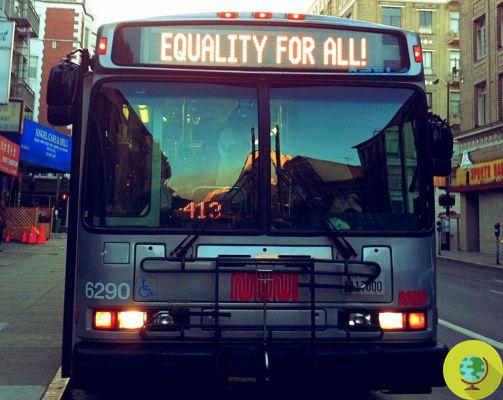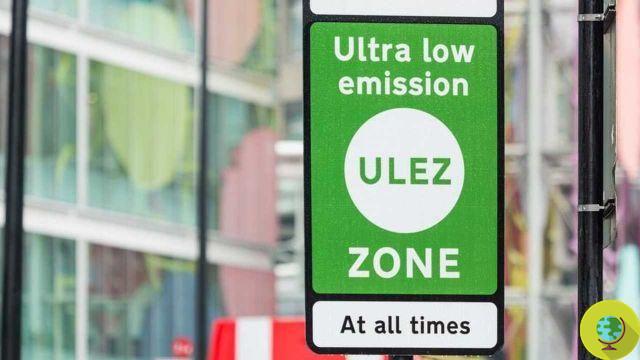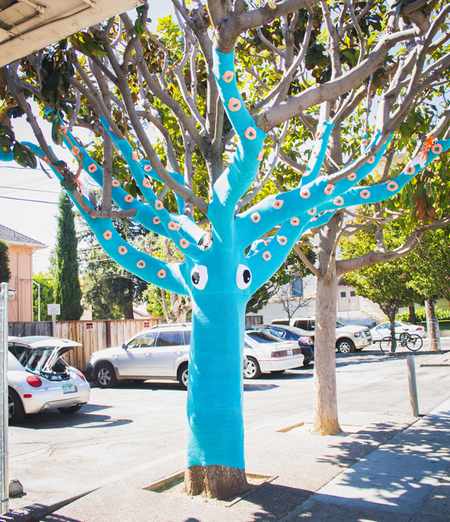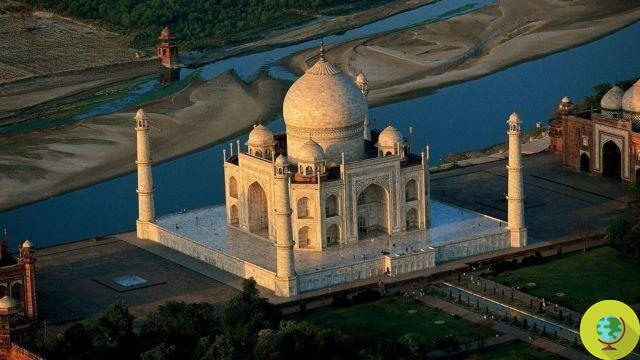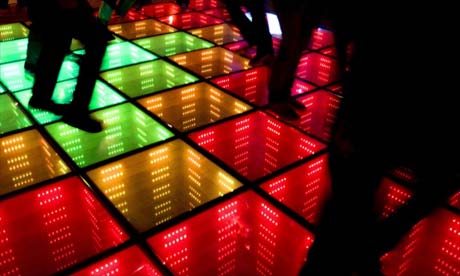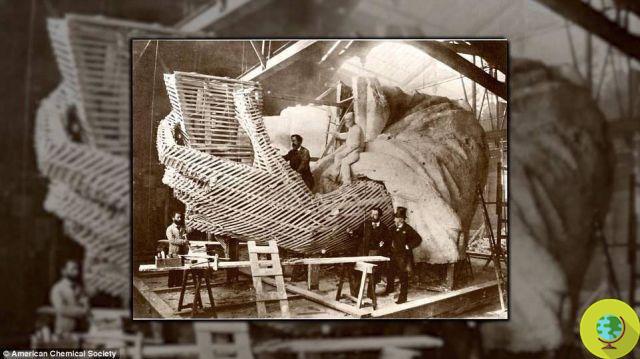Detroit, the symbolic city of American industrial power, has not been the same for some years. Remember the story of the three car factories (General Motor, Chrysler and Ford) that made the history of the American dream? And the places where the artists of Motown, the most famous black music record company in history, performed? And the kilometers of terraced houses gathered in the suburbs? Legend now.
He is about to end up run over, his mother saves him
Detroit, the city symbol of American industrial power, has not been the same for a few years. Remember the history of three car factories (General Motor, Chrysler and Ford) who made the history of the American dream? And the places where the artists of the Motown, the most famous black music record company in history? And the kilometers of terraced houses gathered in the suburbs? Legend now.
Requiem for Detroit, the Detroit funeral. This is the title with which a documentary by Julien Temple, recently presented at the Turin Film Festival, pays tribute to the now defunct world capital of the car. A Katrina in slow motion, it is defined in the film. Since the year Henry Ford produced the first Model T until the day of the last big batch of SUVs, Detroit has gone through a real residential and urban parable. Over the past decade, the city has more than that halved its population. Today it hardly matters six hundred thousand inhabitants. The data report that from 1970 to 2000, 161.000 houses were demolished and just as many are now only a shadow of themselves.
The images arriving from the outskirts of the city outline representations that are closer to a war scenario than to the Venice of the Midwest, as it was called during its golden age. Gutted houses, abandoned buildings, broken glass, weed-infested gardens, smashed shopping mall signs and empty streets. Still, the streets of Detroit have witnessed some of the greatest moments in American history. From workers' struggles to those for the rights of blacks, from shopping malls to the birth of suburbs, villages made up of well-known villas, built to bring workers closer to factories and allow people to leave the city center.
In Detroit, the industrial revolution has staged the lights and shadows of its own transforming power: on the one hand the frenzied and opulent growth and on the other the devastation, poverty and violence. The slow agony that characterized the corporate life of the three automobile giants it first caused a rapid increase in unemployment and, subsequently, an 'as much quick escape from the city.
Those who remained are generally African-American, poor, without a job and forced to be a jackal in the houses in order to make some money from the sale of copper pieces or tiles. Today Detroit replaced the eight-zero figures of corporate profits into new and chilling numbers: 28.9% is the unemployment rate, 6.47% is that of illiteracy, 33.8% is the percentage of people living below the poverty line, 29 schools closed during 2009 and 70 fires started every night.
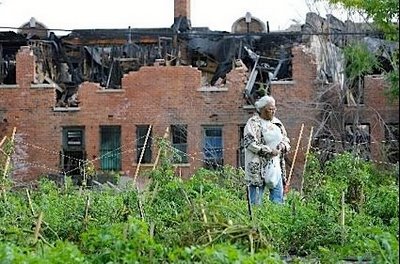
Still, Detroit appears to have no intention of disappearing. What is happening there today is the first post-industrial life experiment that was ever put in place. First of all, it seems that it is nature itself that wants to take possession of what had been taken from it and where, once, the brick was the master, today tall bushes of grass grow. In fact, they are the same Detroit citizens they have decided to react to the economic siege through the reconstruction of local agricultural production models.
At the origin of this green route with which the "detroiters" wanted to demonstrate theirs ability to survive industrial glories is an objective necessity. That of access to food. Following the city's depopulation process, numerous grocery chains and shopping centers have decided to close their stores. The remaining population was denied the possibility of purchasing food within an adequate kilometer radius. This triggered the light bulb for many of the families who still live in the suburbs. This is how they started to grab land and set up urban gardens. Small plots with which to provide for the sustenance of the family. It is estimated that around 5.000 acres of land are currently available around the city. It would be enough to grow 570 of them bio-intensively and building a few greenhouses to produce 70% of the vegetables and 30% of the fruit that is now consumed in Detroit. The data confirm that Detroit's population already spends less than the average of any other American city on food.
At the head of this movement there are numerous associations. Greening of Detroit is one of the oldest - the foundation dates back to 1989 - and in recent years it has begun to collaborate seriously with the government representation of the city. In fact, farming is still largely illegal in Detroit.
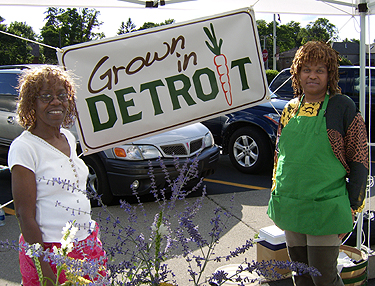
In this regard, however, Mayor Dave Bing, elected in 2009, has decided not to remain blind to the natural process underway, officially starting the "greening" campaign of his city. At the end of March, it announced the demolition of around 10.000 unsafe buildings and in parallel started strategic planning work to decide what the new form should be for Detroit. Some speak of a city made up of small self-sufficient villages connected to each other, others support the idea that the Detroit industry will flourish again, but in completely different ways than in the past: off to small business instead of to the industry of mass.
Meanwhile, the city is becoming a destination for a new tourism. Nothing to do with visiting white-collar workers to do business. Here we are talking about citizens from other areas of America who, attracted by the new American dream in green format proposed by Detroit, they move to be there when this city can tell the world that it is reborn. Just as Ford attracted Americans from the rest of the United States here eighty years ago, ready to offer cheap labor to give life to the myth of rich and progressive America, so too are these young men gather under the banner of the Urban Agricultural Movement to try to imagine another world. Which starts from here. Detroit.
Pamela Pelatelli






